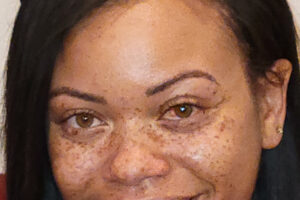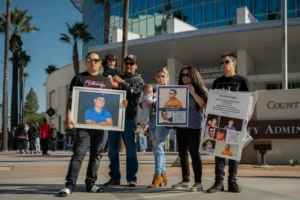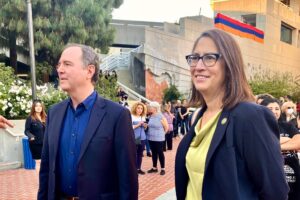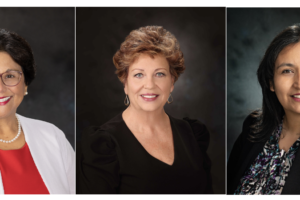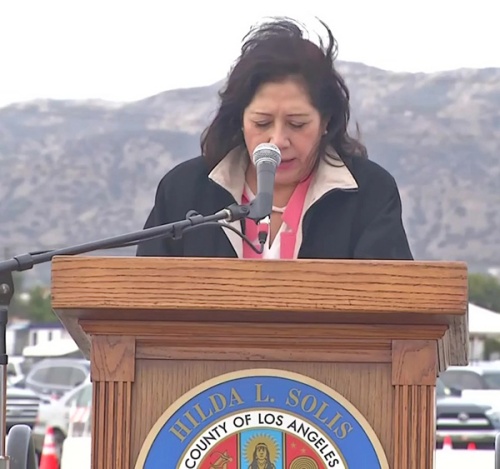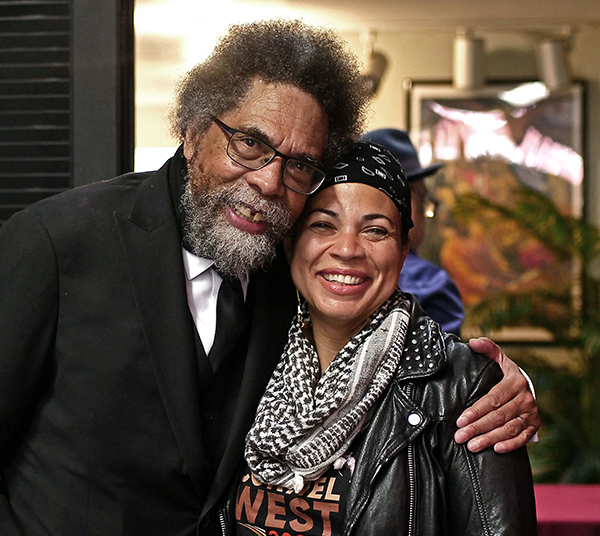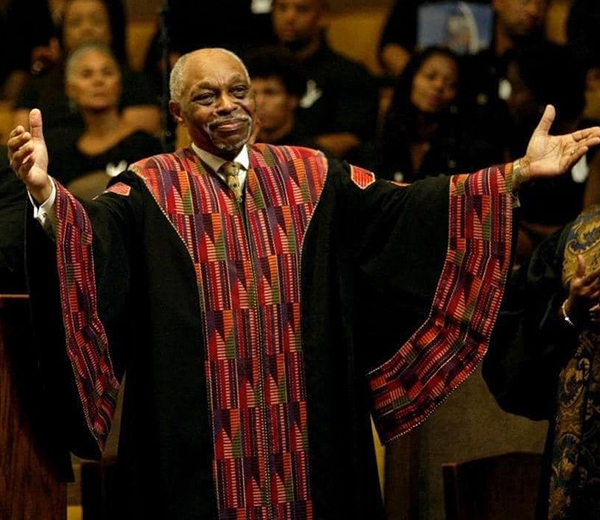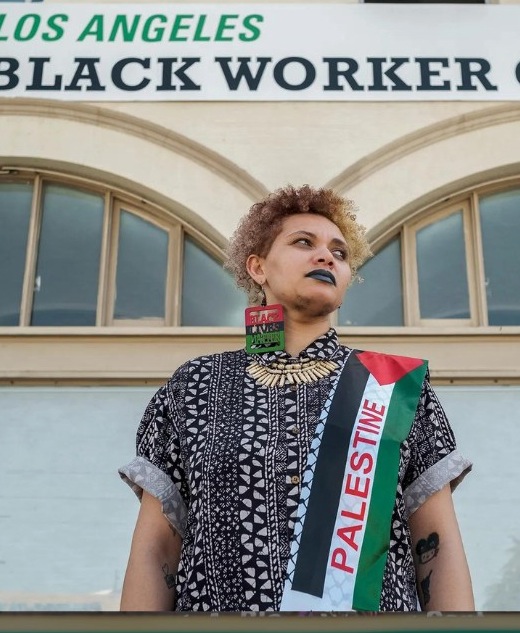Wave Wire Services
LOS ANGELES — The number of people hospitalized due to COVID-19 in Los Angeles County continued trending slowly downward Jan. 18, while the county announced key progress in its vaccination program.
According to the county Department of Public Health, nearly 99% of the skilled nursing facilities in the county have administered first doses of the vaccine to residents and staff. The five remaining nursing homes will be administering shots this week.
Completing those vaccinations will be a key step in advancing the program to more residents. County Board of Supervisors Chair Hilda Solis issued an order making COVID-19 vaccines available to anyone 65 and older beginning Jan. 21 — despite health officials’ concerns about the supply of doses.
The county reported 88 more COVID-19 deaths and 9,927 new infections Jan. 18, noting that the figures could be artificially low due to lags in reporting from the weekend and the Martin Luther King Jr. holiday.
The new deaths lifted the county’s overall death toll to 13,937. The new cases raised the cumulative number of cases confirmed in the county since the pandemic began to 1,024,297.
According to the state, there were 7,322 people hospitalized due to COVID as of Jan. 18, continuing a downward trend from the past week.
Hospitalizations peaked at more than 8,000 in early January, putting pressure on hospitals across the county, forcing ambulances to wait hours to offload patients and prompting medical centers to care for patients in gift shops and cafeterias.
But while the population of hospitalized COVID patients has been trending downward, intensive-care units remain packed with virus victims.
According to the state, there were 1,728 COVID patients in ICUs in the county, which has about 2,500 licensed ICU beds.
Health officials have said in recent weeks that about two-thirds of ICU patients in the county are being treated for COVID, leaving little room for people in need of ICU care for other reasons.
Authorities have warned that while new hospital admissions had appeared to level off, the numbers could again shoot upward as people who were infected over the Christmas and New Year’s holidays begin developing symptoms and requiring medical care.
Exacerbating the problem is the recently discovered COVID-19 variant that was first detected in the United Kingdom but is now spreading domestically. The variant does not make people sicker, but it is far more easily transmitted from person to person, meaning the county’s already high transmission rate could jump even higher.
With at least 10% of COVID patients requiring hospitalization, higher case numbers will translate into higher hospitalization numbers, and ultimately, more deaths.
The UK variant, known as B.1.1.7, was first detected in California in San Diego County, but Los Angeles County health officials confirmed the first case locally Jan. 16. Public Health Director Barbara Ferrer had been warning for the past two weeks that the variant was likely already in the county, but simply hadn’t been detected in the time-consuming testing process needed to find it.
The Los Angeles County case was confirmed in a male traveler who is now in isolation in Oregon.
Increasing fatalities due to the virus prompted a grim move by Southland air-quality regulators Jan. 17, who lifted the cap on the number of bodies local crematories could cremate. Crematoriums normally operate under a limit designed to reduce the impact of the cremations on air quality.
Los Angeles County crossed the 1 million mark in cumulative cases during the pandemic over the weekend. Although that milestone represents about one-tenth of the county’s overall population, modeling released last week estimated that as many as one-third of residents have actually been infected at some point, with many of them never knowing it but still capable of spreading the virus to others.
The county is working to ramp up vaccination efforts, with five large-scale opening Jan. 19 in addition to the large site opened by the city at Dodger Stadium Jan. 15, and 75 smaller sites the county is already operating.
Solis’ decision to make the shots available to people 65 and older is in line with guidance released last week by Gov. Gavin Newsom. But it flies in the face of advice from county health officials, who wanted to wait until vaccinations of front-line health care workers were completed before offering limited vaccine supplies to a wider array of people.
Dr. Paul Simon, chief science officer for the county Department of Public Health, said that as of Jan. 14, the county had administered more than 279,000 total doses of vaccine to health care workers and staff and residents of skilled nursing and long-term care facilities. He said the county has administered 44% of the vaccines it has received for use as first doses in the two-dose regimen, along with 30% of those earmarked for use as second doses.
“The remaining doses have either been distributed to our partner vaccination providers or have been allocated for use over the next several weeks,” Simon said.
Simon said he sympathized with people frustrated at the slow pace of getting the vaccines administered — particularly among people aged 65 and older, who are already receiving vaccines in other jurisdictions that are deeper into the distribution process.
Los Angeles County does not anticipate vaccinating those people until at least February, since it is expected to take until then to finish vaccinating health care workers.
“We too want to expand vaccinations as quickly as possible to those 65 and older,” Simon said. “The major barrier at this time is the lack of adequate supply of vaccine. We are very hopeful that additional vaccine will arrive soon so we can begin vaccinating seniors in the next several weeks. We recognize seniors and others are understandably anxious and in many cases frustrated about the delay in receiving vaccine. Please know that we are committed to expanding access to the vaccine as quickly as possible.”


